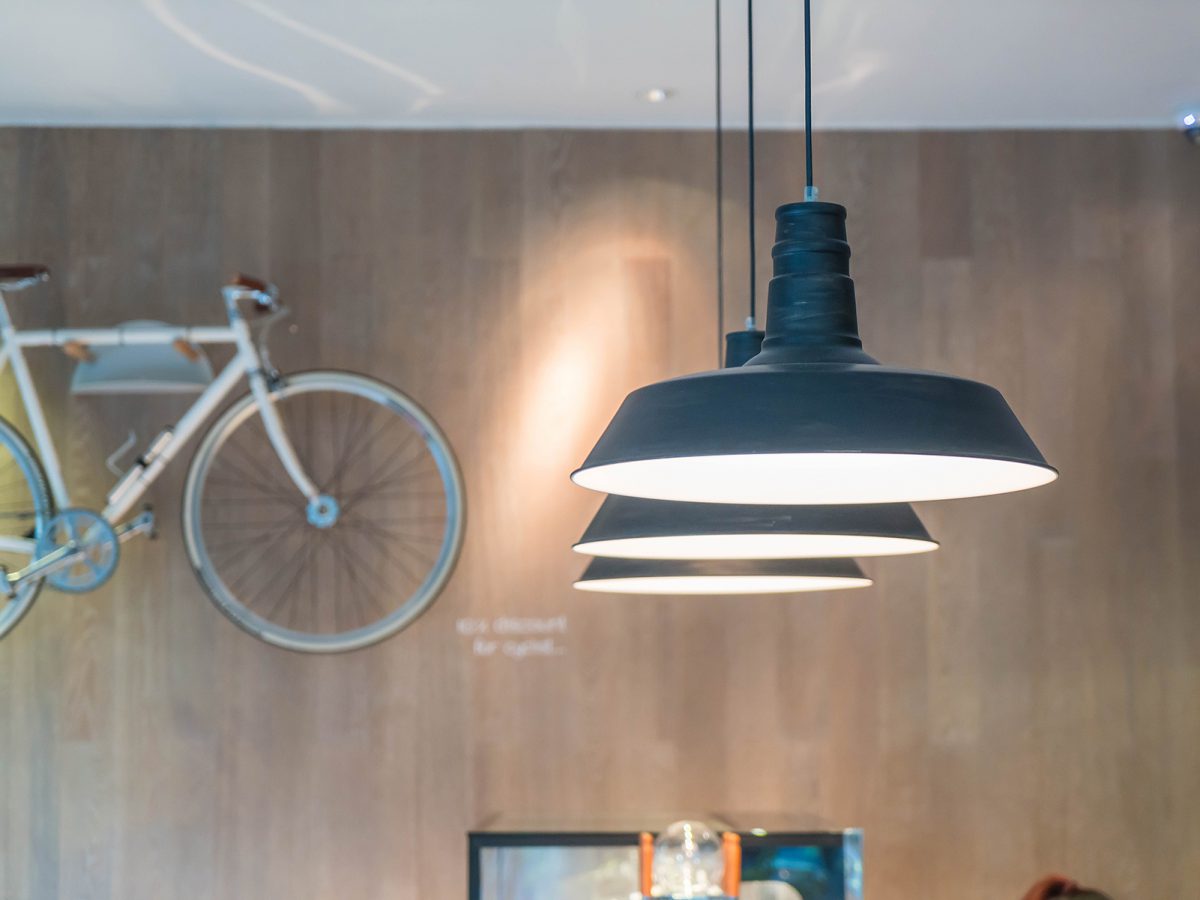
BLOG
ROOCAS ONE`s Blog


ROOCAS ONE`s Blog
2019.07.30

This is with good reason. If you spend anywhere from 30-minutes to an hour or more riding the train to get to work, then do the same to get home at night, you’ll probably want to minimize the time it takes to walk to the station.
Renting an apartment that is located 20-minutes from the station means that you would be hypothetically adding 40-minutes to your total commute time on top of the time you are on the train. That’s if you walk to the station, rather than riding a bicycle.
If you walk into a bricks-and-mortar real estate agency anywhere in Japan, in fact, one of the first questions the agent will ask you is, “How far do you want to live from the station?”. On Real Estate Japan`s property listing pages, you also have the option to set “Distance from station” as a search criteria. You can choose from:
In the Japanese real estate industry, the rule for calculating the distance it takes to walk to the nearest station is defined in the fair competition code that regulates how real estate agents display property information to the public. The rule is that the calculation is based on a walking rate of 80-meters (262.5-feet) per minute on a flat road. The rule doesn’t consider the slope of the road, inclement weather conditions, or stop lights.
It is said that when the rule was first being considered, the rate was going to be set at 100-meters per 1-minute, but this was modified because it was thought to be unfair to women (!), who supposedly walk at a slower pace than men.
So, there you have it. This means that if you are looking at a property that is located “within 10-minutes” of the station, it is located about 800-meters from the station; however, depending on how fast you walk, it could take you much less than 10-minutes.
The answer to whether you think your home is “near the station” really depends on you, but a recent survey on the issue does provide a little insight.
In a recent internet survey of 180 men and women aged 20 and over living in the greater Tokyo area, it was found that the greatest percentage (31.1%) of people said that they would consider a “10-minute” walk to be “near the station”. This was followed by 25.0% of people who said that they would consider a “5-minute” walk to be “near the station” and 10.0% of people who indicated that even a walk time of “16-minutes or more” could be considered “near the station”.
People were also asked how far their home is located from the station. The survey found that the average answer was 13.6 minutes, with “10-minutes” being the most often cited answer at 11.0%.
When you are doing a home search in Japan, there are, of course, many other factors to consider in addition to distance from the station (which may not even be an issue for you!). Here are just a few others to consider aside from the characteristics of the property itself.
Is the apartment: